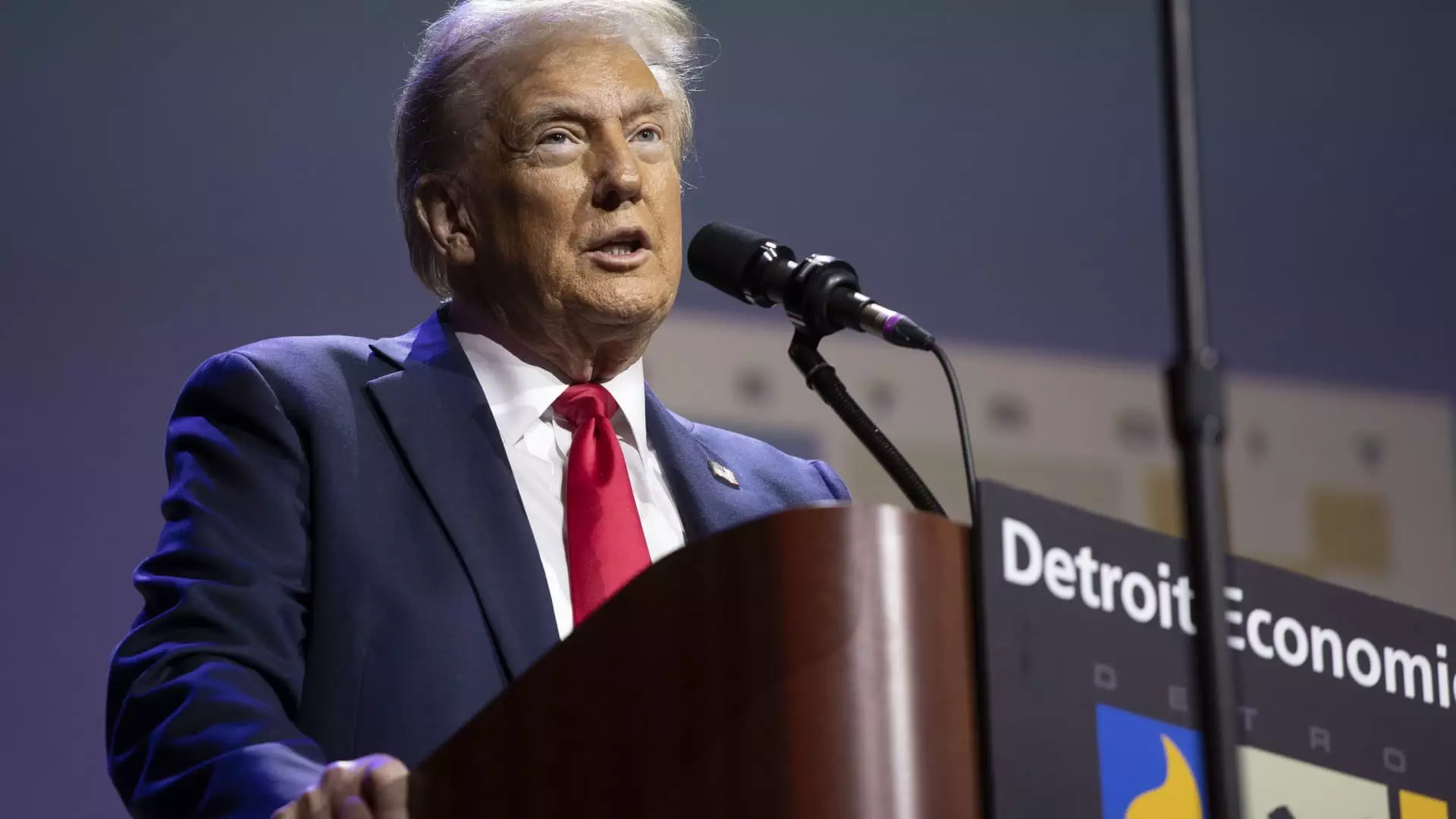The landscape of American trade policy is once again under scrutiny, particularly with the continued discussion surrounding the potential re-election of Donald Trump. His former trade advisor, Robert Lighthizer, has reportedly signaled to Wall Street investors an imminent implementation of aggressive tariff strategies should Trump reclaim the presidency. This potential policy shift echoes a repetitive theme in Trump’s economic narrative — the use of tariffs as the primary instrument for reshaping the nation’s trade dynamics, asserting domestic supremacy, and addressing perceived injustices in international trade relationships.
Recent communications from Piper Sandler, an investment bank, indicate that Lighthizer has engaged with various investor groups to outline a post-election trade framework. Analysts have mentioned that Trump could impose tariffs of up to 60% on Chinese imports and implement a blanket 10% tariff on foreign goods shortly after taking office. The significance of this information cannot be understated — it serves as a reminder of the aggressive trade policies that characterized Trump’s first term, now suggested to potentially be enforced even more quickly and decisively in a second term.
The broader implications of these discussions present a complex picture. While Lighthizer’s influence reflects a strategic approach to promoting Trump’s economic vision, the inherent risks associated with such substantial tariff hikes are worrisome. For instance, while intended to attract investment and boost American industries, Trump’s tariff plans have already been warned against by economists who believe they may lead to elevated consumer prices and hinder overall economic growth.
During the previous administration, tariffs were framed as a panacea for a variety of economic challenges. They were presented as a means to protect American workers and bolster domestic production. However, the long-term economic consequences remain contentious. Democratic presidential nominee Kamala Harris and various economic analysts have pointed to studies suggesting Trump’s tariffs could translate to a significant financial burden on U.S. families, potentially amounting to a $4,000 tax increase for the average household.
The Trump campaign insists, however, that this narrative must be viewed through the lens of a broader economic strategy. Officials argue that tariffs will be coupled with policies aimed at deregulation and greater domestic energy production, intended to foster a more robust U.S. economy. Republican spokesperson Anna Kelly highlighted Trump’s commitment to revitalizing American jobs while framing rivals like Harris as inherently opposed to worker interests.
Analysts at Piper Sandler note that if elected again, Trump has both the “will and the way” to enact these comprehensive tariff policies. Yet, the legality and practicality of such moves remain in question. Imposing broad tariffs may invite significant legal obstacles, likely leading to lengthy court battles over presidential authority. Despite these challenges, Trump’s administration has historically favored a “flood the zone” strategy, using targeted tariffs as leverage to gain concessions, a tactic that may indeed resurface.
Trump’s past remarks endorse tariffs as essential mechanisms for restoring balance to trade. He is known to depict them as crucial tools for compelling foreign nations to align their trade practices with U.S. interests. In an environment where geopolitical tensions are central to economic discourse, the use of tariffs as a bargaining chip for trade negotiations could become a primary tactic once more.
As discussions around tariffs and trade dynamics dominate the political landscape, it becomes apparent that Trump’s strategies reflect a broader trend toward economic nationalism. While his proposals may appeal to a segment of the American electorate yearning for protectionist policies, the potential for unintended economic consequences remains a point of contention. The second-term tariff agenda is more than just an economic tool; it’s woven intricately into the fabric of Trump’s overarching narrative aimed at reshaping the American economy and asserting U.S. dominance on the global stage.
Ultimately, while proposals for steep tariffs may resonate with those disillusioned by past trade agreements, the ramifications of such policies stand to impact not just trade relations, but the broader implications for U.S. economic health. As the debate unfolds, stakeholders from various sectors will need to remain vigilant, weighing their interests against a backdrop of shifting trade policies and potential economic turbulence.

Leave a Reply